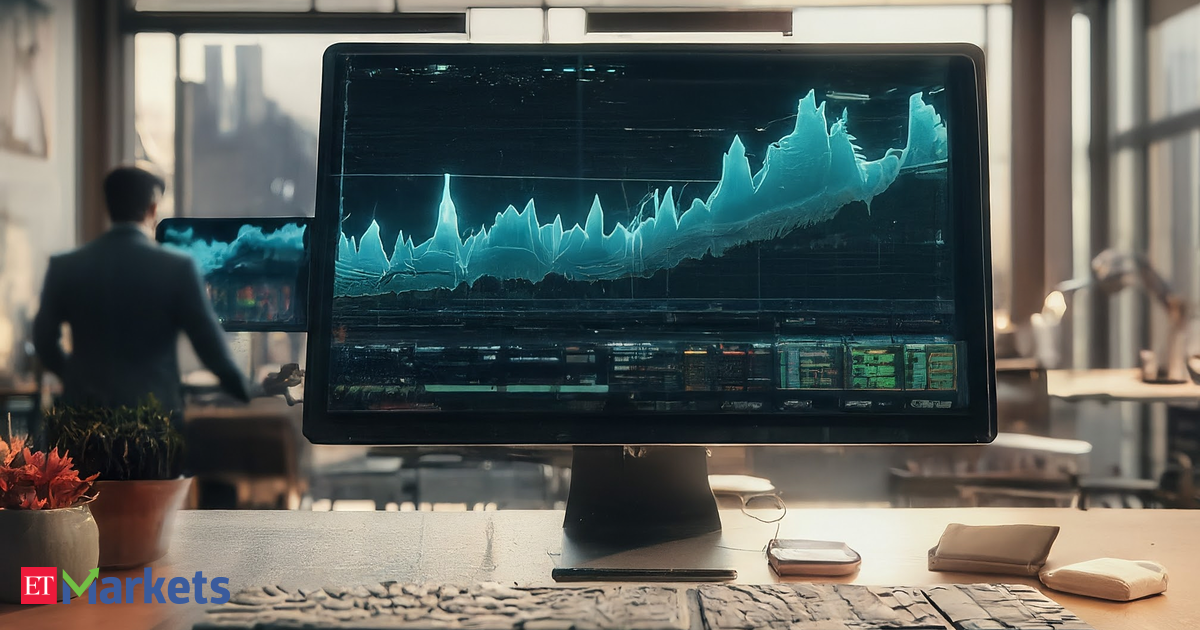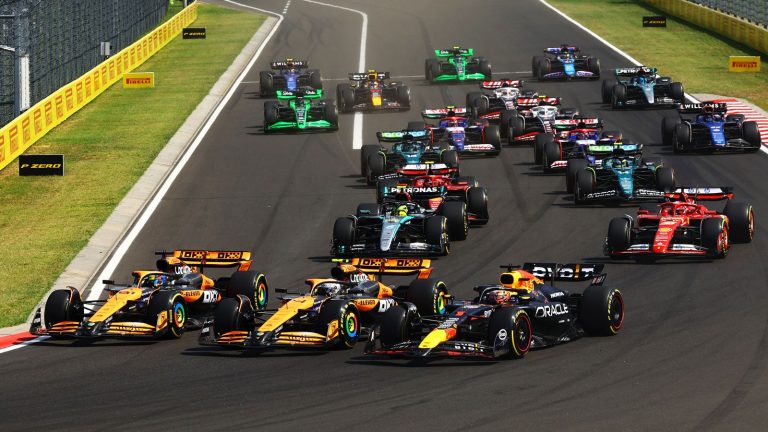The speculative stocks caught up in the frenzy this week, like Opendoor Technologies and Kohl’s, gave up some of their gains as the week went on, but most are still trading at their highest levels in months. The broader S&P 500 Index and Nasdaq 100 Index are doing even better, sitting at all-time highs after charging back from the early April selloff set off by President Donald Trump’s tariff announcements.
There are indicators that investors are abandoning restraint and betting on further gains. The amount that investors are borrowing to buy stocks on the New York Stock Exchange, known as margin debt, has exceeded the tech-bubble highs to reach a new record, according to data from the Financial Industry Regulatory Authority.
But signs of fatigue are creeping in. The latest meme stock rally seemed to lose steam after just a few days, and Bitcoin, one of the most visible symbols of the speculative fever, has recently fallen back from its record highs. Some Wall Street trading desks have been urging clients to scoop up discounted protection against possible losses. The current run has stretched valuations, with the S&P 500 trading at nearly 23 times forward earnings, well above the ten-year average of around 18, signalling that stocks have gotten significantly more expensive.
“I’m seeing it and just starting to just tuck my horns in a little bit,” said Eric Diton, president and managing director of the Wealth Alliance. “I’m longer-term bullish, but I’m just short-term cautious. I really think we’re overdue for some kind of a pullback again because of the excessive speculation.”
For help in navigating the volatility, some market watchers are looking for comparisons with the most famous meme stock moment back in January 2021, when GameStop and AMC Entertainment captured the world’s attention. That buying was fuelled by retail traders who were flush with stimulus checks and stuck at home, swapping tips on social media. It came after a banner year in the markets, in 2020, but ended up being only the beginning of an even bigger rally in 2021, when the S&P 500 rose another 27%. There was, though, eventually a reckoning in 2022 when the index plunged 19%, notching the worst yearly performance since the great financial crisis.







